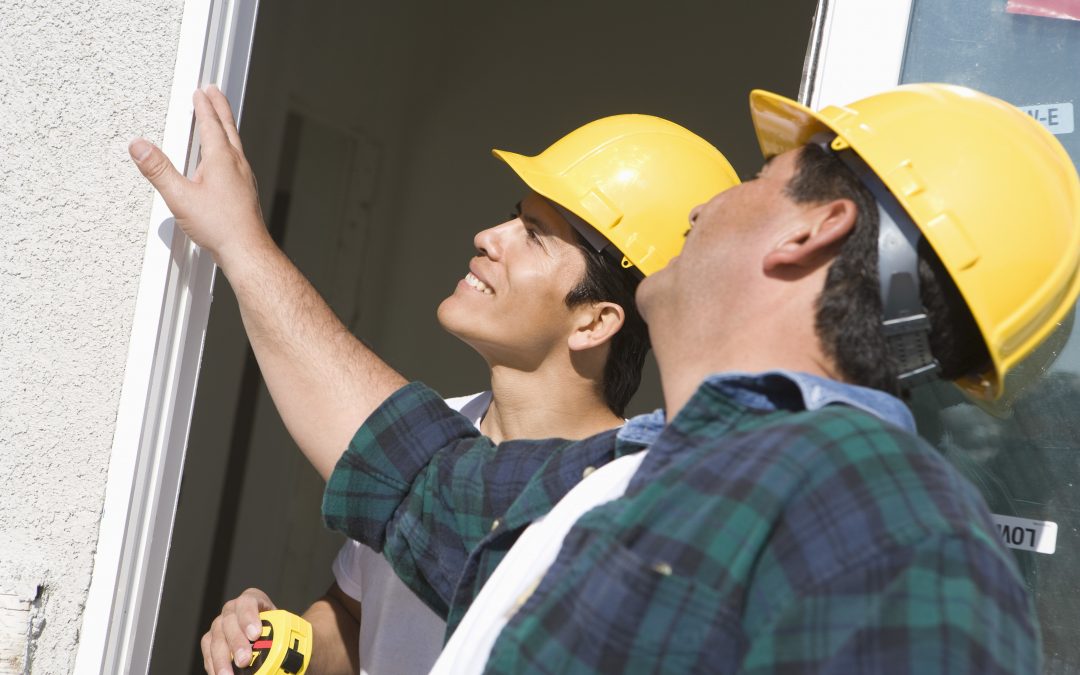So you think you’ve just found the house of your dreams. From the new wood flooring to the fresh coat of paint on the outside, everything seems perfect.
All that’s needed now is the new home inspection. But there’s nothing to worry about, right?
Wrong.
To an untrained eye, a house may appear to be in pristine condition, but a licensed home inspector could unearth more imperfections than a bad first date.
Don’t let the home inspector’s review surprise you. Here’s a list of 10 surprising problems that a home inspector could discover in the house of your dreams.
1. Water Damage
Water damage is one of the most pressing things new homebuyers should be fearful of. Based on the extent of the problem, water damage can lead to extremely costly repairs — many of which are difficult to spot.
Home inspectors will pay close attention to the house’s landscape. If it slopes towards the house, there’s a good chance that rainwater and melting snow will concentrate towards the foundation of the house and seep inside.
Water damage may also occur from plumbing issues, which may be responsible for visible leaks and discolorations on the house’s ceiling or floors.
Remember that home inspectors can only inspect what they have immediate access to. If leaks are occurring in septic tanks, behind walls, or elsewhere, they may sneak by during the inspection.
2. Bad Roofing
Aged or poorly-installed roofs mean water damage and poor insulation. During a roof inspection, home inspectors search for a variety of problems such as additional layers of shingles or weather damage.
Broken shingles or other damage to the roof of a house may be an easy repair. But if the roofing is old or hasn’t been maintained, it will be an extremely costly replacement that’s likely to break a house sale outright.
3. Dangerous Electrical Wiring
Homes have a much larger electrical load than in the past. Older homes may not have enough amperage to power all of modern life’s amenities.
For example, if there are a limited number of electrical outlets, the homeowners might have to employ several extension cords. These can tax an old electrical system and cause a fire.
Home inspectors will also inspect junction boxes and search for stripped or exposed wiring.
4. Plumbing Issues
Leaks and water damage are only some of the ways that bad plumbing can damage a house. Insufficient water pressure could be signs of other problems, and will also limit the efficiency of your water system.
Home inspectors will examine the age and condition of pipes and seals, along with signs of old leaks and repair jobs from previous owners.
5. Heating and Cooling Systems
Another massive expense is the installation of a new heating or cooling system. Aged units may be on the fritz or lacking enough power to adequately warm or cool the house — especially if renovations have expanded the house.
Insufficient heating or cooling capabilities will cost you an arm and a leg through your electric bill.
If an air vent isn’t receiving air but the system appears to be working correctly, there could also be issues with the ventilation. Some air vents might not even be connected to the system.
6. Poor Insulation
Along with degrading heating or cooling systems, its possible the insulation of the house could be at fault. If you need to add insulation to your home, your heating system will run constantly and still fail to keep your house at a comfortable temperature.
Likewise, if your home doesn’t have proper ventilation, you’ll be dealing with stuffy temperatures in the attic and higher floors as the heat struggles to escape.
7. Structural Damage
Structural damage may be hidden even in houses that aren’t slanted and drooping. While broken trusses in your attic may sound horrifying, the repairs are simple and generally not a safety hazard.
Structural damage around the foundation, or missing structural components, are a more worrying proposition. It’s expensive to fix sloped floors. Cracks in the foundation can be filled with epoxy, but they indicate the land the house is built on may be insecure.
8. Defective Gutters
Gutters are simple things that many potential homebuyers miss. Literally. Sometimes they don’t even notice when they’re missing from the house they want to close on.
A home inspector will certainly note missing gutters, but will also check the condition of the gutters, looking for holes, cracks, or inefficiencies. If your gutter isn’t working adequately, water damage may likely occur.
9. Cosmetic Issues
Home inspectors don’t just list severe problems in their review. They’ll also note cosmetic issues such as a cracked driveway, peeling paint, and old carpets.
This can help you prepare your budget for some of the minor issues that may need work after buying a home.
10. Hidden Problems After a New Home Inspection
Some issues may require a specialized inspection. Housing defects such as pests, termites, mold, or asbestos are not usually covered in a home inspection. Many mortgage loaners also require pest inspections before they’ll agree to loan.
Know what your home inspection will cover, and ask your home inspector if any of these additional housing problems are likely in your area. If so, a follow-up inspection may be a wise investment.
Ease Your Mind With a Home Inspection
While a home may appear perfect in your eyes, you’ll benefit from the peace of mind following a new home inspection. Don’t leave the possibility of serious home problems unchecked.
To ensure your dream home isn’t a ticking timebomb, contact us at Class Home Inspection. We’ll provide a thorough home inspection with qualified ASHI associates.

